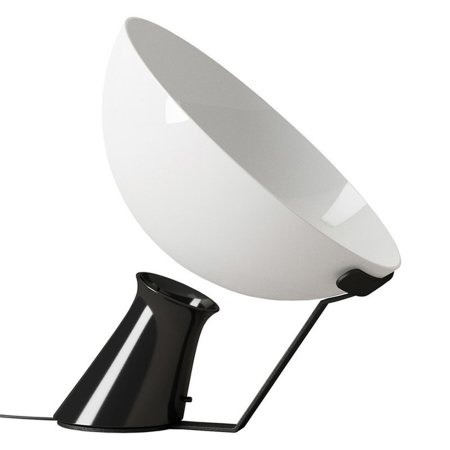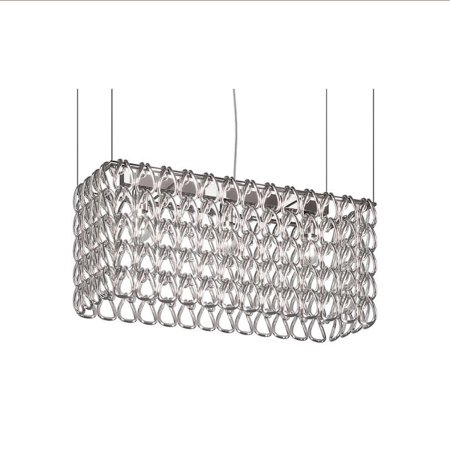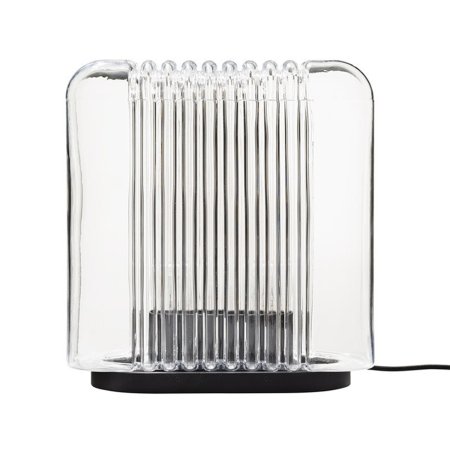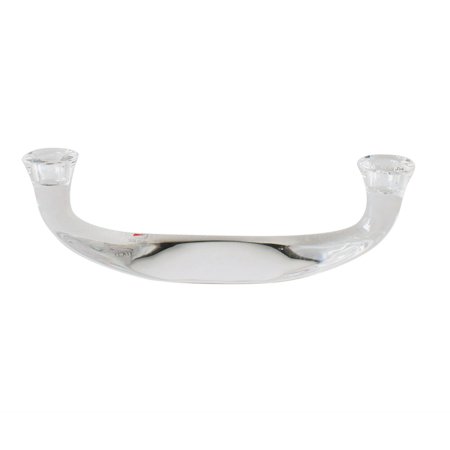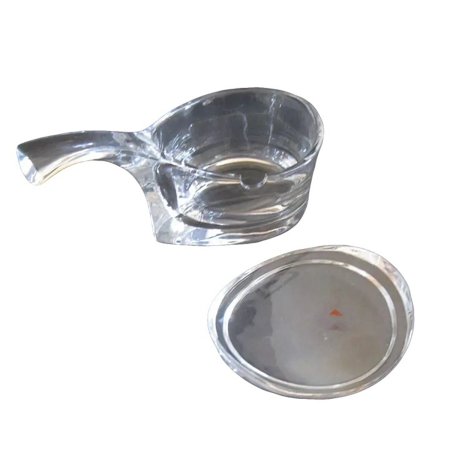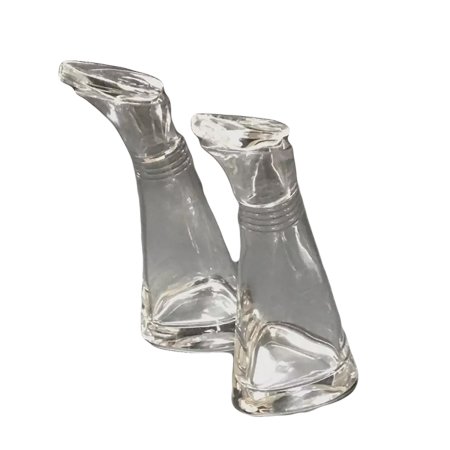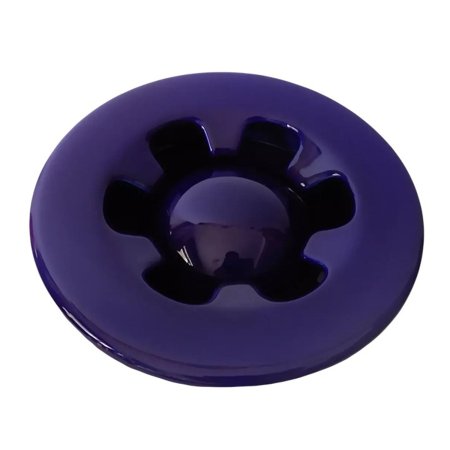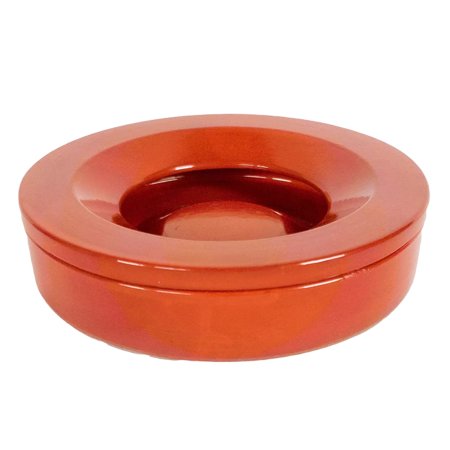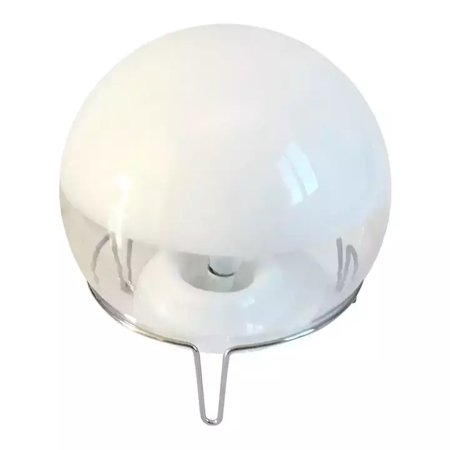We may earn revenue from the products available on this page and participate in affiliate programs.
Milan has always beckoned artists, architects, and designers. Generations of students and professionals have flocked to the city to study or establish studios, and continue to do so today. But some creatives have had the good fortune to be born there, in the heart of what many consider to be the design capital of the world. Angelo Mangiarotti was one such person. Haven’t heard of him? We didn’t know him by name either—but now that we’re much more familiar, we keep seeing his creations in Domino home tours (peep his Lesbo table lamp in the bedroom of this Brooklyn brownstone).
Best known as an architect, Mangiarotti was praised throughout his 60-year career for residential projects and homes; industrial buildings; and even railway stations across Italy and beyond. I recently had the chance to visit a new exhibition at the Triennale Milano, the art and design museum of Milan, that sheds light on other sides of the architect’s practice. “Angelo Mangiarotti: When Structures Take Shape” follows the museum’s tradition of putting the spotlight on great Italian designers, including Enzo Mari, Ettore Sottsass, Achille Castiglioni, and Pietro Lingeri.

Drawn to just a few shapes—mushrooms, cones, and joints—that he explored over the course of his career, Mangiarotti not only created iconic architecture, but also showstopping tabletop and decor. Collaborations with heavy hitters like Knoll, Cassina, Ginori, Karakter, Artemide, Vistosi, Colle, and Fratelli Brambilla gave way to products that feel as relevant and fresh today as they must have felt boundary-pushing when initially conceived. That vintage ’70s marble coffee or pedestal table you see in all kinds of tastemakers’ homes? Look closer and it’s likely a Mangiarotti brainchild.



As I strolled around the exhibition with a small group of journalists, I couldn’t help but be drawn to the displays populated by Mangiarotti’s domestic objects: table lamps, teapots, glassware, and more. In their construction, they all seemed to bear the characteristics we have been so drawn to in recent years: organic shapes, diffused light, and/or a winking whimsy. Needless to say, after returning Stateside, I spent hours on a deep dive into vintage Mangiarotti and was excited to find some pieces still in production today. Here are all the best buys I uncovered, both new and vintage.
Angelo Mangiarotti Designs Still in Production
And if you plan to be in Milan this spring, for Design Week or other reasons, the exhibition is worth a visit—it’s on view through April 23.


